Curious Questions: Can horses really heal humans?
The claims made for how horses help humans get over all manner of trauma stretch back to ancient times. Pippa Cuckson takes a closer look — and discovers some astonishing ways that 'equine-assisted therapy' is helping people.
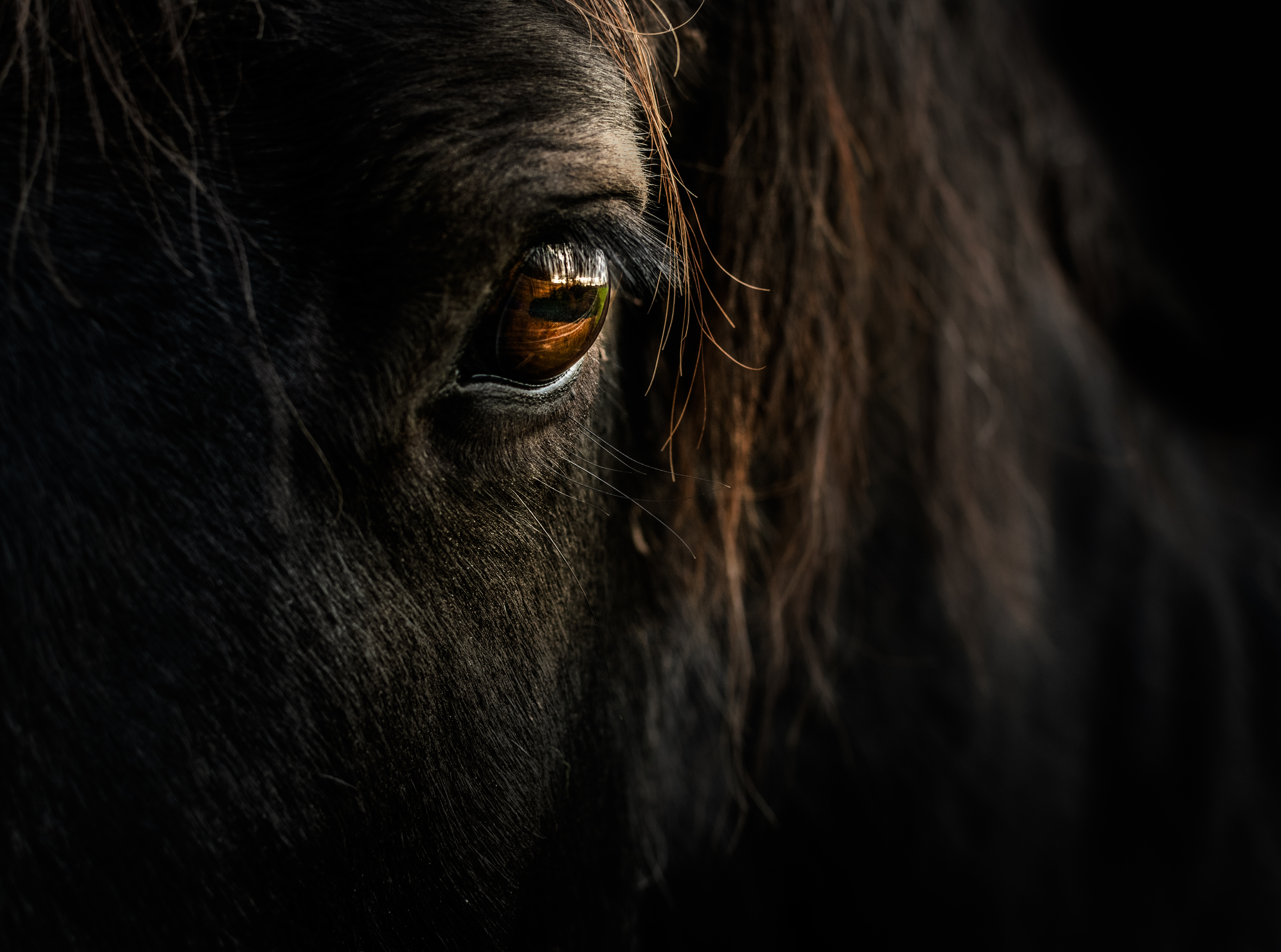
Anyone who rides a horse takes it for granted that they will be refreshed and upbeat after a hack or a day following hounds, which is why it often becomes a later-life hobby for captains of industry, politicians and celebrities. They find a refreshing equality and informality in the horse world that contrasts with the pressures of public life.
As Winston Churchill wrote (and with apologies to others who uttered this simple truth before he did): ‘There is something about the outside of a horse that is good for the inside of a man.’
We’ve used the horse for war, for work and for winning medals. Now, it has an important new role for the 21st century: it’s recognised by medical professionals as a willing, non-judgemental healer of soul as well as body, with growing evidence that the feel-good effect has many more trigger points beyond an exhilarating canter through the countryside.
Horse therapy is not a modern concept — the Greek physician Hippocrates wrote about it in about 400BC — and the term hippotherapy — using riding for occupational therapy — is drawn from hippo, the ancient Greek for horse.
One early pioneer was Lady Harriet Kavanagh, whose son, Arthur, was born in 1831 at Borris House in Co Carlow, with truncated limbs and no hands or feet. His mother put him, aged three, on a pony and Arthur took to riding easily, later following hounds and even trekking across Russia, Persia and India in his bespoke ‘chair’ saddle. He also became leader of the Unionist MPs and regularly sailed himself to Westminster, mooring under the Houses of Parliament.
Therapeutic riding had to wait another 120 years for the broadcast era before it landed on the map, when Denmark’s Lis Hartel, who was paralysed from the knee down from polio, won an individual silver in dressage at the 1952 Helsinki Olympic Games. She allowed the gold medallist to lift her onto the podium in emotional scenes that made the history books.
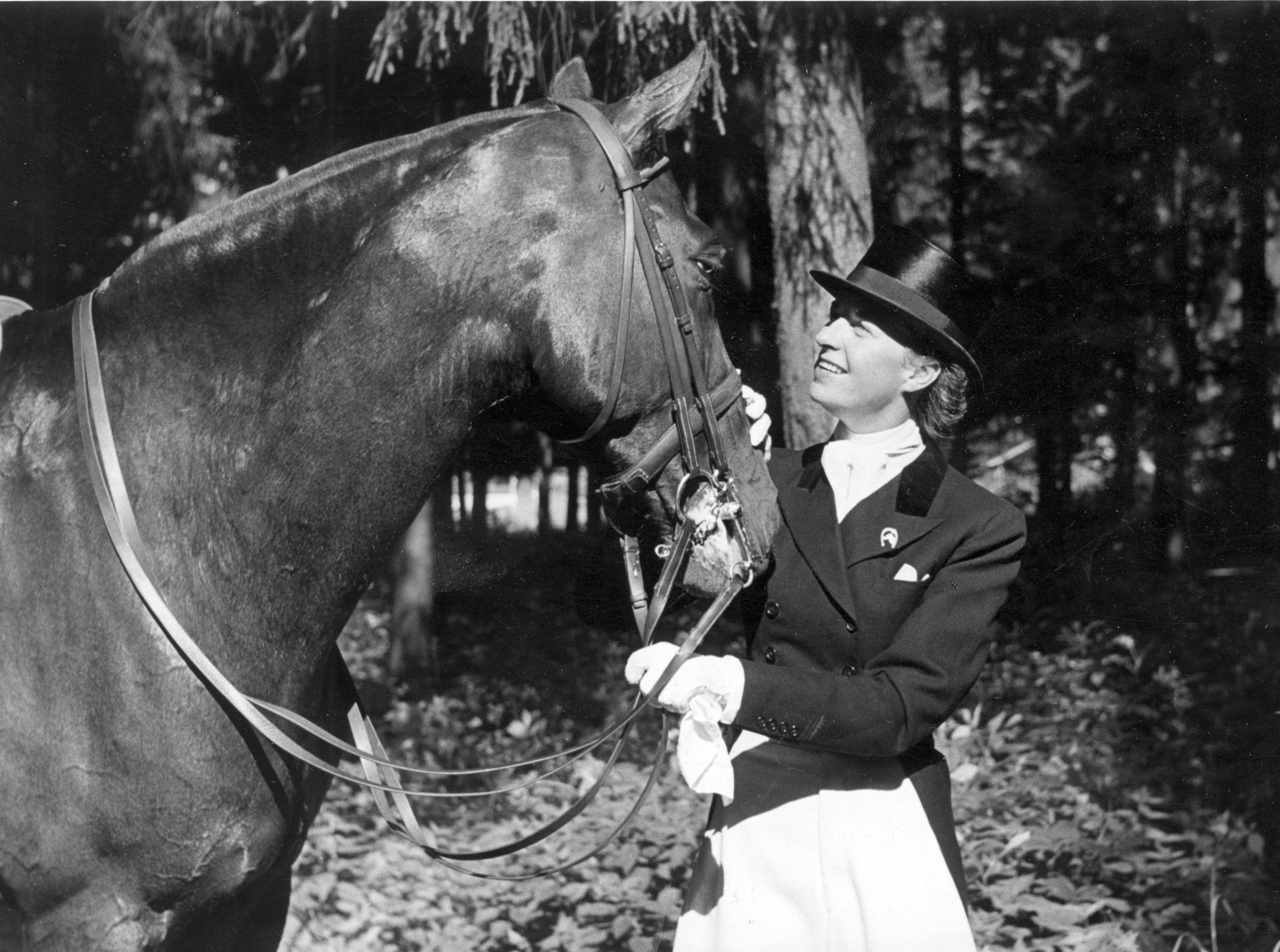
Mrs Hartel went on to open the first therapeutic riding centre in Europe. Groups in Britain soon recognised the potential and, in 1969, they were formalised under Riding for the Disabled (RDA), which has benefited from The Princess Royal’s patronage since 1971.
Sign up for the Country Life Newsletter
Exquisite houses, the beauty of Nature, and how to get the most from your life, straight to your inbox.
RDA, which is arguably one of Britain’s most hands-on charities, is now celebrating its golden jubilee. The association has 500 approved centres across the UK and 18,000 regular volunteers, who help 25,000 children and adults each week.
Its two main activites are hippotherapy—using the horse’s natural walking gait to provide motor and sensory input to the rider, who may be led or supported on each side—and, more visibly, therapeutic riding (and driving): teaching disabled people to ride at all paces independently.
The rapid growth of RDA gave Britain a head start when dressage became a Paralympic sport in 1996, elevating Lee Pearson — knighted for his services to sport—and his team mates Sophie Christiansen, Sophie Wells and Natasha Baker into equestrian super-stardom. Their fellow RDA alumnus Max Stainton has been setting records of a different kind: last summer, he became the first person with cerebral palsy to reach Everest base camp on horseback.
For every headline maker, how-ever, thousands more everyday lives have been transformed through riding. Penny Thomas was diagnosed with multiple sclerosis when she was 24 and has survived cancer. Until her forties, she was wheelchair-bound, unable to bend at the waist or raise her arms above her head. Then, she joined the Coates RDA group in Cirencester, Gloucestershire and ‘now, I can hang out my own washing and am no longer so tired that I want to go to bed at 4pm on Saturdays when the family is home,’ she says. ‘I like to think I’m a nicer person, too — I used to be quite a grouch.’
Lizzie Bennett is battling a painful progressive genetic condition, Ehlers-Danlos Syndrome, as well as the long-term effects of breaking multiple vertebrae as a teenager. Since joining RDA in Cambridgeshire in 2014, she has been able to straighten her arched back, walk with a crutch, has taken up the fledging RDA activity of equestrian vaulting (acrobatics on horseback) — something that many able-bodied people can’t do — and even become an accredited RDA coach.
‘Vaulting is proving especially accessible because people don’t, of course, have to sit facing the conventional way. They can lie on the horse’s back, stand or face backwards if that’s more comfortable,’ she explains. ‘One of our young vaulters has severe scoliosis, with a heavy metal rod down her back. The social side is another huge benefit: she’s good at vaulting and so happy that people stop to watch her.’
Both these late starters developed significantly improved core strength through riding compared with other disability sports they’d tried. This is entirely to be expected, says Lynne Munro, a retired paediatric professional who volunteers with RDA in Wales.
She reveals that the natural movement of the horse in walk is ‘very enabling’, explaining: ‘The horse’s conformation assists a more upright position for the rider. It develops core control, because the motion challenges the rider’s centre of balance and improves the functionality of the arms because of the repetitive nature of giving the reins.’
There is also the leg-at-each-corner effect. ‘I have little ones who can’t sit on a box, but they can sit on a horse because of this much bigger base of support,’ says Miss Munro. ‘The three-dimensional movement also helps the rider’s muscles—when people with disabilities become adults, their muscles can get very tight and that limits the range of movement.’
The latest growth area is equine-assisted psychotherapy (EAP), which is already big in the US. Recipients don’t even need to mount a horse to feel the benefits.
When discussing why he wrote War Horse from the animal’s perspective, author Michael Morpurgo often tells the true story of a reputedly mute boy who visited his Devon farm. The child disappeared one evening and was found in the stables, pouring his heart out to a horse, ‘talking, talking, talking’. Although the horse clearly didn’t understand the conversation, Mr Morpurgo has always been convinced it was somehow aware that the boy needed him to stay put.
The Fortune Centre of Riding Therapy in the New Forest, founded in 1976, offers young people who struggle in mainstream education the opportunity to learn and to develop social responsibility in the sympathetic company of horses, benefiting from their ‘inclusiveness, warmth, smell, movement, routine and needs’.
These notions have gained considerable traction in the rehabilitation of service personnel injured in Afghanistan. Paul Barrett, who had no previous interest in horses, felt transformed by a course at Horse-Back UK, a charity in Aboyne, Aberdeenshire, supported by Help for Heroes. In 2008, Sgt Barrett stood on an IED in Helmand Province and, among many injuries, lost his right leg and the use of a hand.
‘People say that a dog is Man’s best friend, but the connection I had between me and the horse was unbelievable,’ he says. ‘It was as if he knew I was injured and needed his time and his ability to get me anywhere I needed to.’
The horse’s sense of being ‘in the moment’ forms a central plank of EAP, says practitioner Sally Hudson. She gives her clients the task of winning the confidence of retired polo ponies in the paddock at her Waltham St Lawrence, Berkshire-based business Equilibrium Perspectives.
‘We are human “beings”, but we are programmed to be task-orientated around horses and so, without realising it, we become human “doings”,’ she explains.
‘If more of us spent time just hanging out with horses, all the oxytocin (the “cuddle” hormone) released would be doing great things for our nervous system. The mental-health area is getting a better handle on neuroscience and what part the body plays; therapy is no longer only about talking through your problems.’
With demand from injured veterans thankfully in decline, retired Royal Marines Commando Jock Hutchison, HorseBack UK’s founder, has opened the programme to troubled teenagers, people with autism and even oil- industry executives who want to develop leadership skills. ‘It’s all about empathy,’ he says. ‘I realised very early on that my methodology for the veterans was going to work for disengaged young people, too.
‘A horse lives in a herd and is insecure by nature. He has to respect and trust you first. He’ll see through you straight away if you’re worried or lacking in self-belief and so you must earn your role as his “leader”.
‘At that point, he’ll give a lot back. Once this bond is created, it starts to “rewire” peoples’ brains. The horse can help anyone become a better person. I can think of nothing more effective at reconnecting people with the world.’
- Riding for the Disabled — www.rda.org.uk
- HorseBack UK — www.horseback.org.uk
- The Fortune Centre of Riding Therapy — www.fortunecentre.org
- Equilibrium Perspectives — www.equilibriumperspectives.com
Toby Keel is Country Life's Digital Director, and has been running the website and social media channels since 2016. A former sports journalist, he writes about property, cars, lifestyle, travel, nature.
-
 Some of the finest landscapes in the North of England with a 12-bedroom home attached
Some of the finest landscapes in the North of England with a 12-bedroom home attachedUpper House in Derbyshire shows why the Kinder landscape was worth fighting for.
By James Fisher
-
 John Sutcliffe — The man, the myth and the paint-naming legend behind Dead Salmon and Elephant's Breath
John Sutcliffe — The man, the myth and the paint-naming legend behind Dead Salmon and Elephant's BreathBy Carla Passino
-
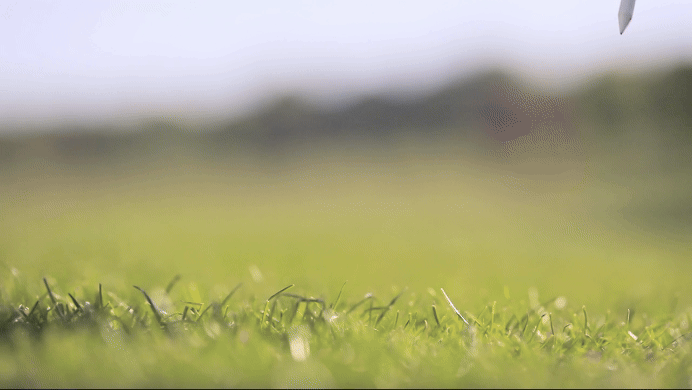 Curious Questions: Why do golf balls have dimples? And why are tennis balls furry?
Curious Questions: Why do golf balls have dimples? And why are tennis balls furry?As the weather picks up, millions of us start thinking about dusting off our golf clubs and tennis rackets. And as he did so, Martin Fone got thinking: why aren't the balls we use for tennis and golf perfectly smooth?
By Martin Fone
-
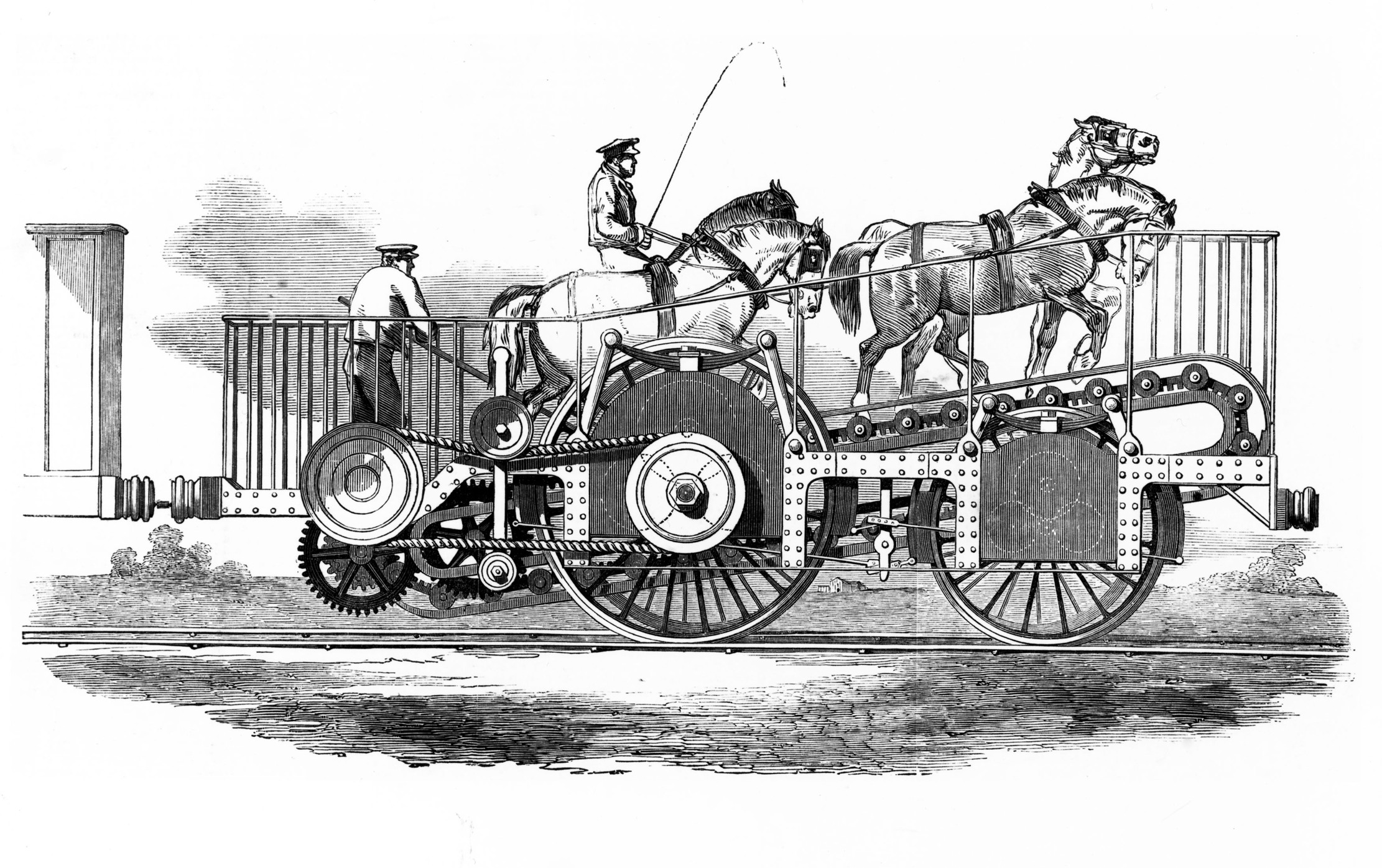 Curious questions: How a horse on a treadmill almost defeated a steam locomotive
Curious questions: How a horse on a treadmill almost defeated a steam locomotiveThe wonderful tale of Thomas Brandreth's Cycloped and the first steam-powered railway.
By Martin Fone
-
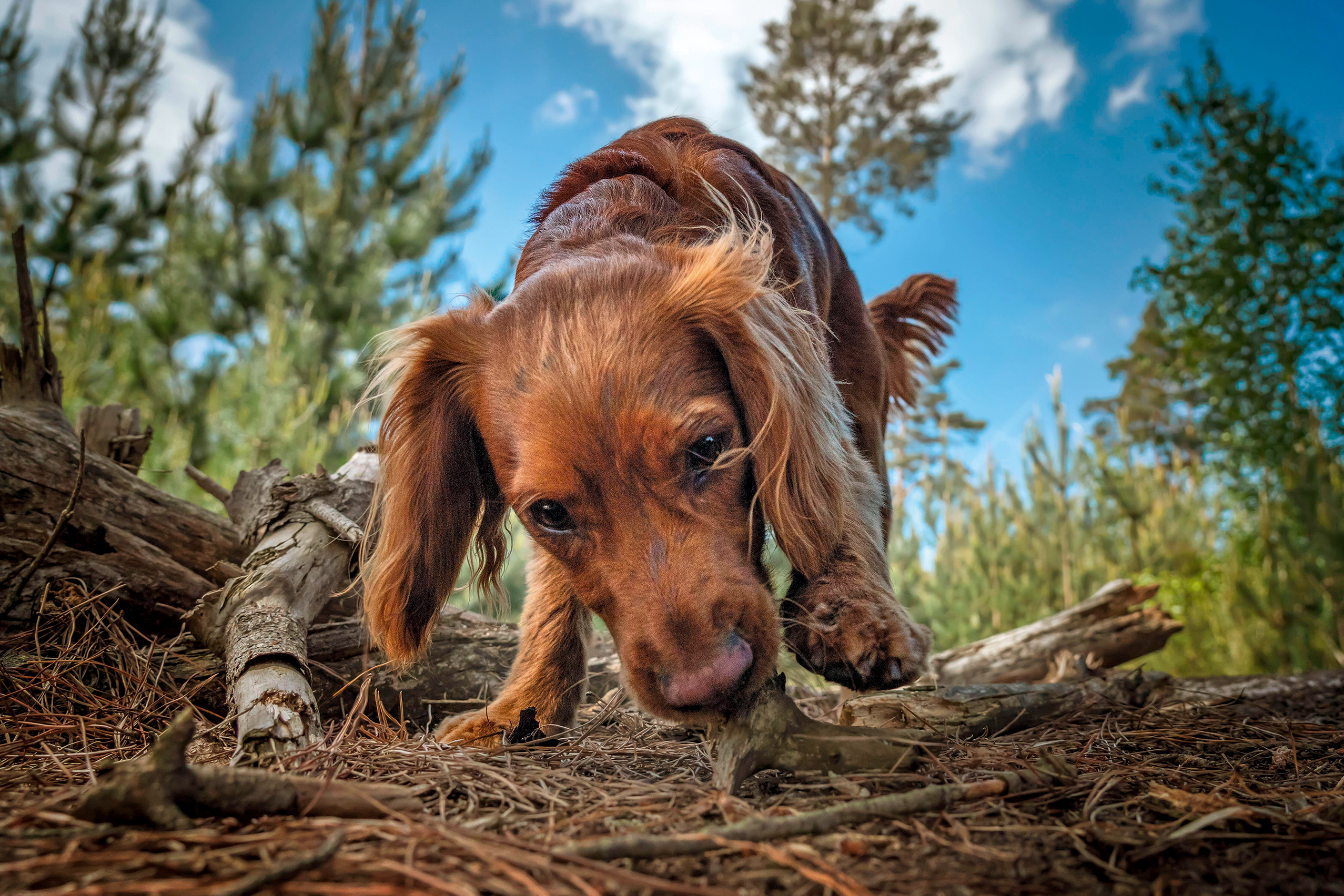 You've got peemail: Why dogs sniff each other's urine
You've got peemail: Why dogs sniff each other's urineEver wondered why your dog is so fond of sniffing another’s pee? 'The urine is the carrier service, the equivalent of Outlook or Gmail,' explains Laura Parker.
By Laura Parker
-
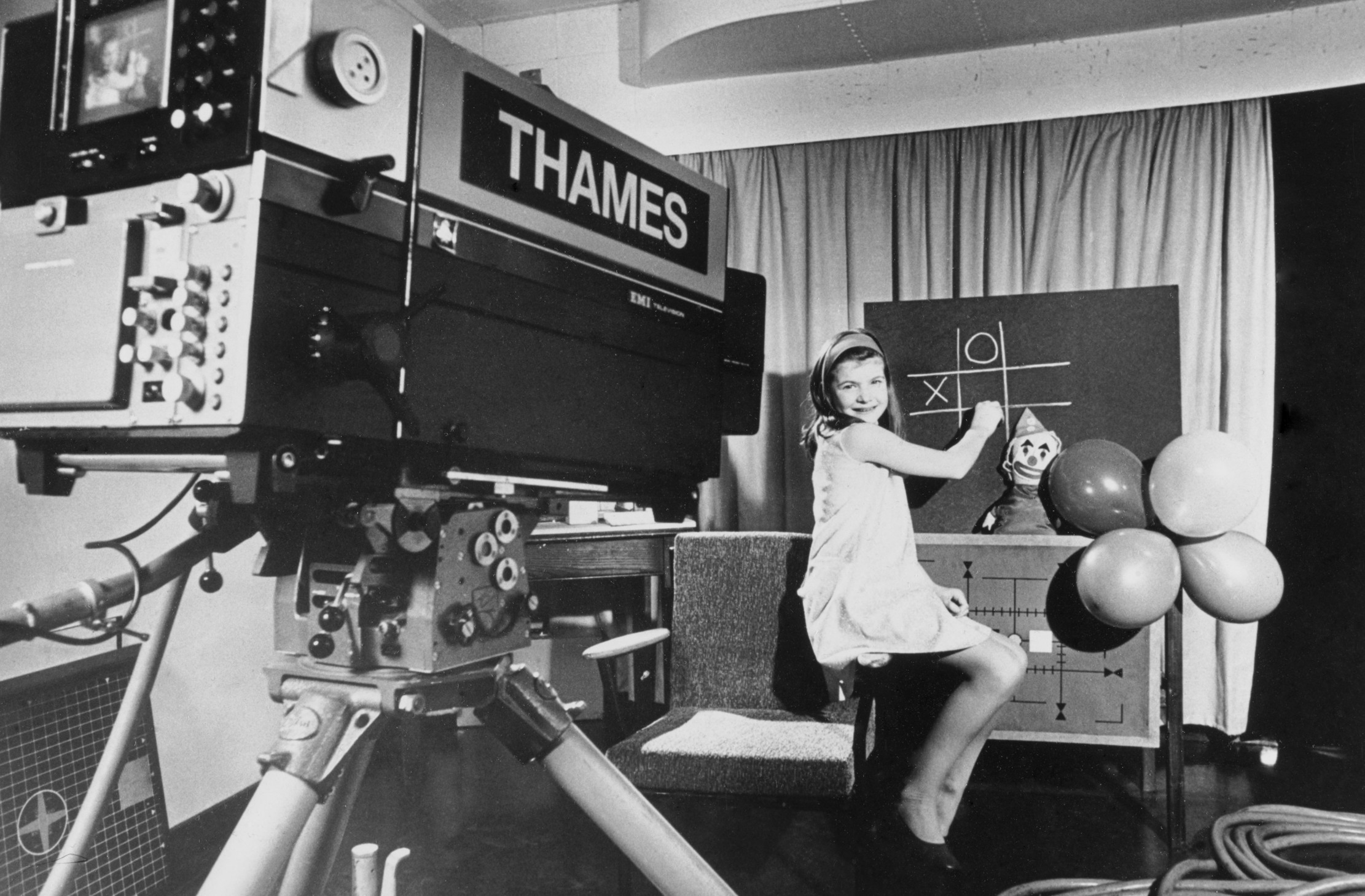 Curious Questions: Which person has spent the most time on TV?
Curious Questions: Which person has spent the most time on TV?Is it Elvis? Is it Queen Elizabeth II? Is it Gary Lineker? No, it's an eight-year-old girl called Carole and a terrifying clown. Here is the history of the BBC's Test Card F.
By Rob Crossan
-
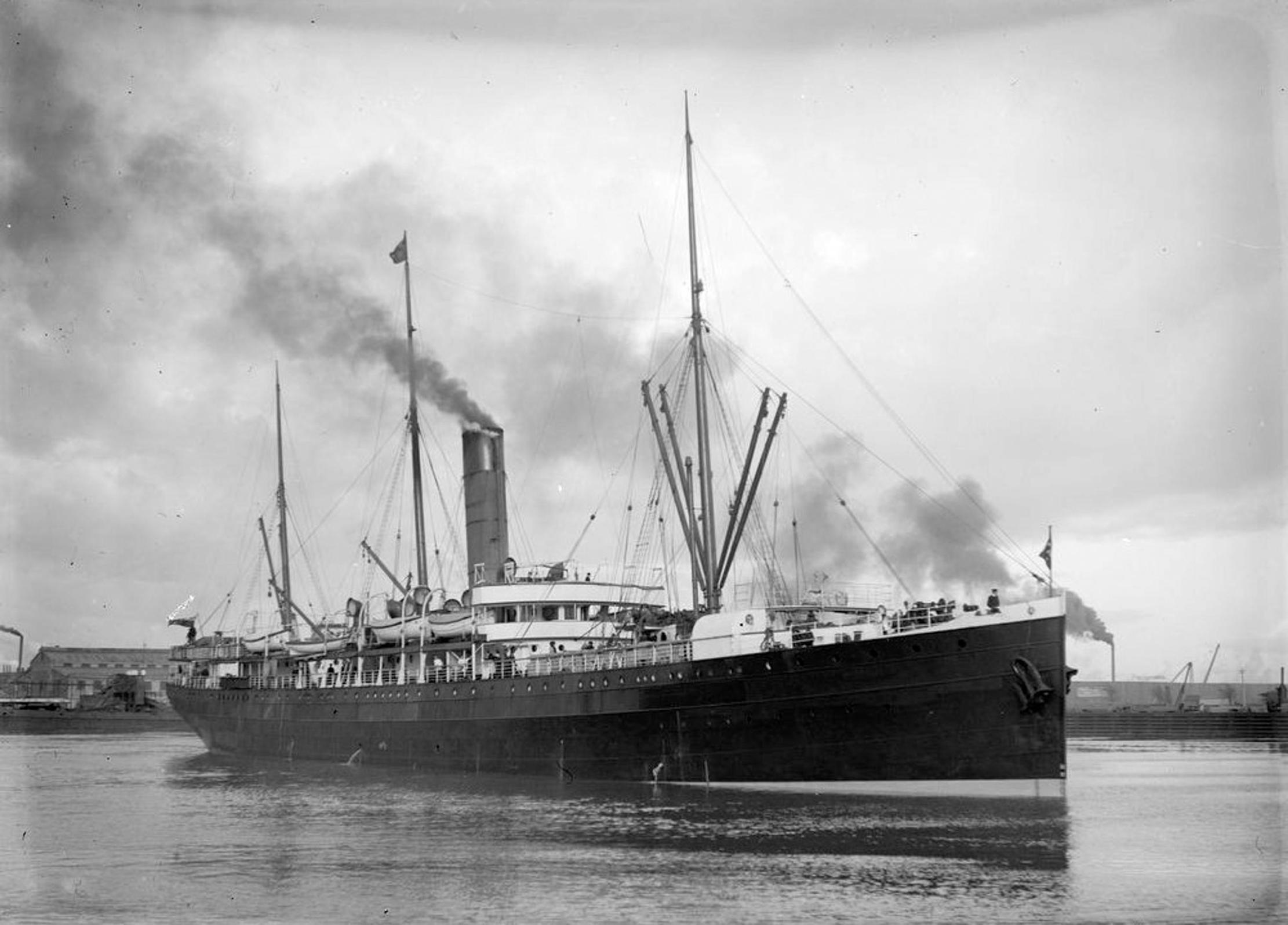 The ship that was in two different centuries, two different years, two different months, two different days and two different seasons, all at the same time
The ship that was in two different centuries, two different years, two different months, two different days and two different seasons, all at the same timeOn December 31, 1899, the SS Warrimoo may have travelled through time — but did it really happen?
By Martin Fone
-
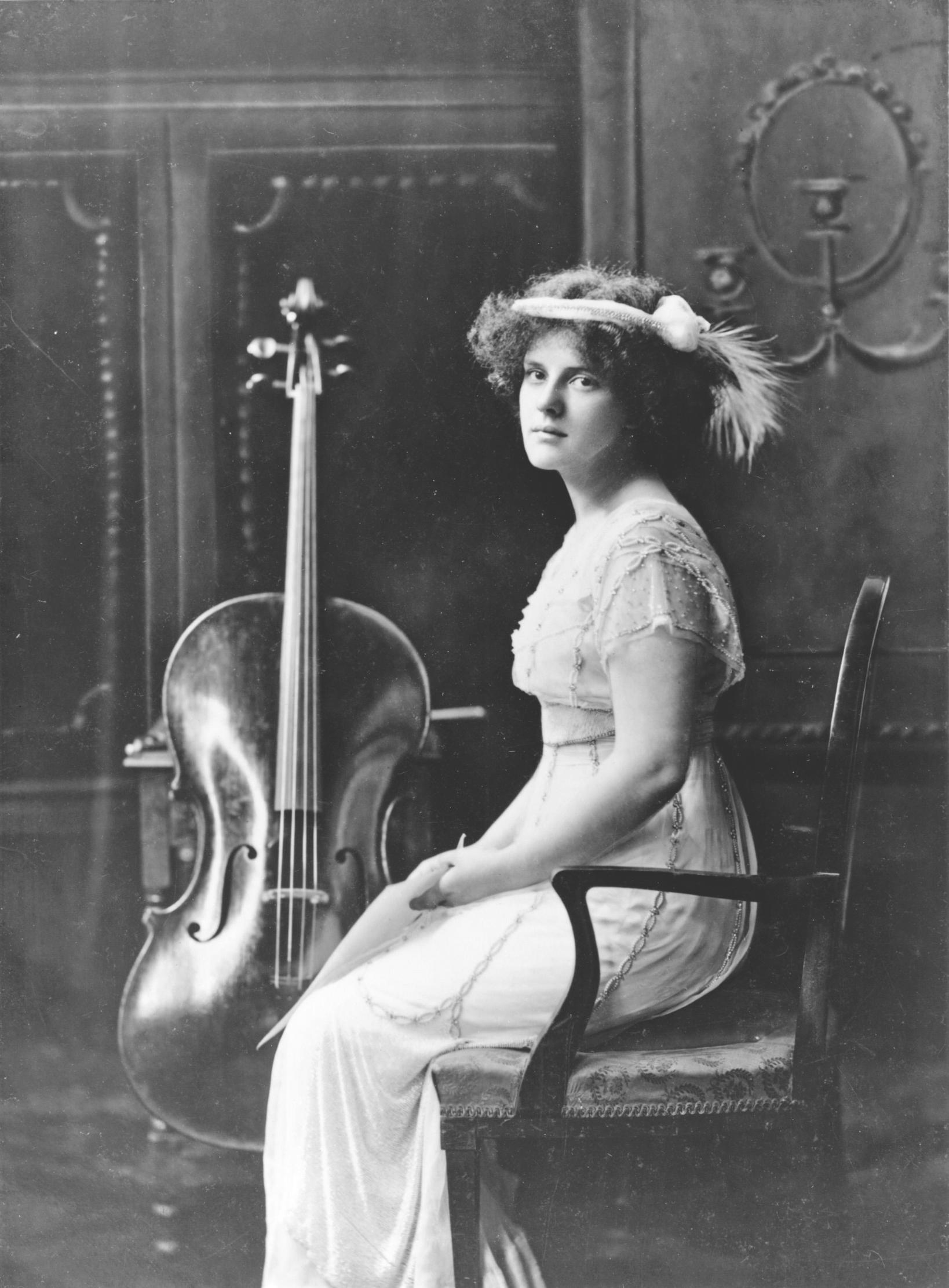 Curious Questions: Was music's famous 'Lady of the Nightingales' nothing more than a hoaxer?
Curious Questions: Was music's famous 'Lady of the Nightingales' nothing more than a hoaxer?Beatrice Harrison, aka ‘The Lady of the Nightingales’, charmed King and country with her garden duets alongside the nightingales singing in a Surrey garden. One hundred years later, Julian Lloyd Webber examines whether her performances were fact or fiction.
By Julian Lloyd Webber
-
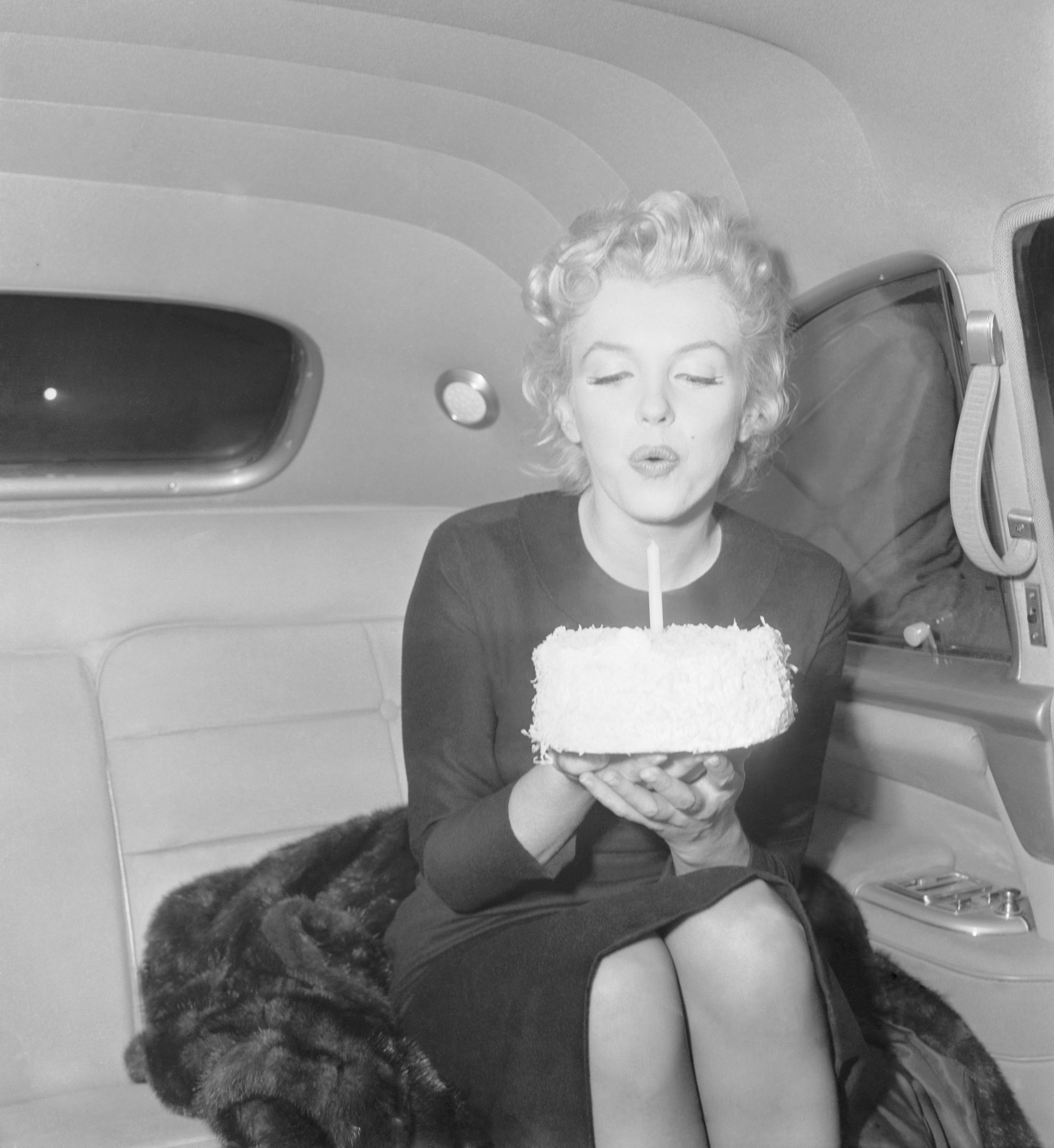 Curious Questions: Who wrote the Happy Birthday song?
Curious Questions: Who wrote the Happy Birthday song?There are few things less pleasurable than a tuneless public rendition of Happy Birthday To You, says Rob Crossan, a century after the little ditty came into being
By Rob Crossan
-
 Why do we get so many April showers?
Why do we get so many April showers?It's the time of year when a torrential downpour can come and go in minutes — or drench one side of the street while leaving the other side dry. It's all to the good for growing, says Lia Leendertz as she takes a look at the weather of April.
By Lia Leendertz
